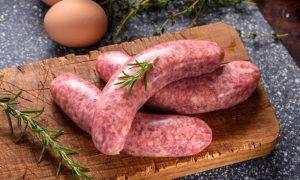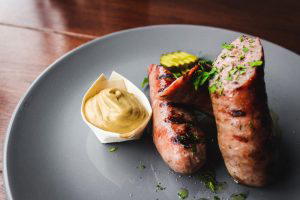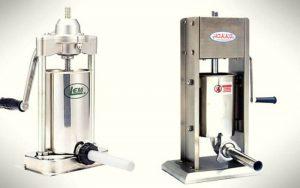
Italian Sausage Shelf Life: How Long Does it Last in the Fridge?
Who doesn’t love a delicious Italian sausage? It’s tasty, versatile, and perfect for spicing up pasta, pizza, and countless other scrumptious dishes. Of course, nobody

Who doesn’t love a delicious Italian sausage? It’s tasty, versatile, and perfect for spicing up pasta, pizza, and countless other scrumptious dishes. Of course, nobody

Can you cook sausage in the oven without drying it out and losing its flavor plus tips to store and reheat them to make the

What sets apart Italian sausage from other types of sausage is its deep aromatic flavor. One herb that is generally used in almost all Italian

Do you want to have home-made sausages that ensure food values and nutrition? Check out our 10 best sausage stuffer reviews and buying guidelines to make delicious sausages at home!

Weather warming up? The first days of summer are a great time for making jams, compotes, and preserves! But did you know that sweet and

Want to impress everyone at your summer BBQ this year? Find out how to smoke sausage and wow all your guests!